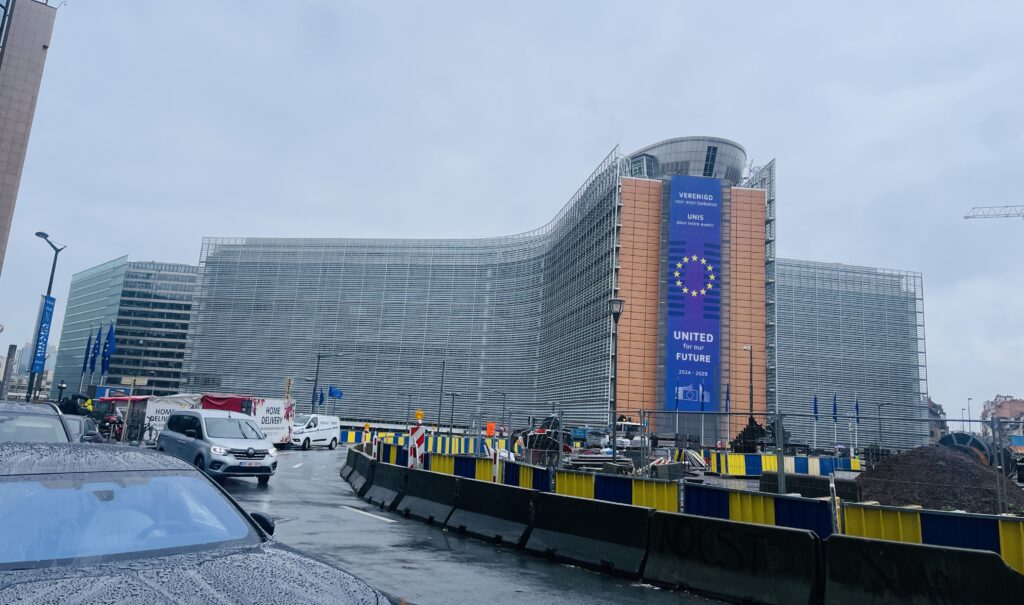Understanding the Green Deal and Its Objectives
As part of the Green Deal—Europe’s strategy to achieve carbon neutrality by 2050 through enhanced circularity, social protections, and sustainable practices—the Corporate Sustainability Reporting Directive (CSRD) and Corporate Sustainability Due Diligence Directive (CSDDD) have introduced increasing demands on companies. These include due diligence in the supply chain and closer scrutiny of assigned sustainability metrics, among others.
The Challenges of Sustainability Regulations
While many within the sustainability sector welcomed these demands, concerns quickly emerged regarding the potential burdens imposed by such legislation. Both during its creation and in its long-term application.
The Draghi Report: A Shift in Perspective

A notable shift in perspective followed the release of the Draghi Report, which, while recognizing Europe’s strengths in social and environmental areas, emphasized the need to enhance innovation. One proposed method for achieving this was the reduction of regulatory burdens on SMEs.
The Omnibus Directive: Easing the Burden on SMEs
Through the implementation of the Omnibus Directive, the EU Commission has moved forward with its ambitious goal of reducing SME reporting requirements by 35%. Instead of adhering to the full burden of European Sustainability Reporting Standards (ESRS), SMEs will now only need to comply with voluntary reporting standards, beyond which larger companies cannot demand additional information.
Furthermore, SMEs are now protected from excessive requests for sustainability metrics under the threat of contractual obligations or business relationship terminations. Read more about sustainable business strategies that can help SMEs adapt.
The Debate Over the CSRD Employee Threshold
Yet while the simplification of ESRS data points is generally seen as a positive step, the introduction of a hard minimum threshold of 1,000 employees for CSRD reporting has been viewed as overly drastic. This leaves many companies outside the mandatory reporting scope.
The Role of Sustainability in Business Strategy
This situation highlights sustainability’s position within business operations. In many cases, sustainability remains a priority only once financial goals have been met. Even then, external factors can shift priorities, relegating sustainability concerns in favor of traditional economic metrics.
Aligning Sustainability with Business Objectives (ESRS 5)
Long-term sustainability success will depend on effectively aligning sustainability with business objectives and demonstrating financial benefits. This could be achieved by reframing reporting obligations—such as those under ESRS 5 (Waste Management)—as opportunities for new income streams rather than burdens.
These new opportunities will facilitate our ability to live within the means of our planet. And shifting our current priorities toward a more sustainable economic model.
Conclusion: The Future of Green Deal Corporate Sustainability Reporting
As sustainability regulations evolve, Green Deal Corporate Sustainability Reporting will continue to shape business strategies across Europe. Companies must adapt by aligning sustainability with financial objectives, leveraging new reporting opportunities, and staying informed about regulatory changes. Embracing these shifts can turn compliance from a burden into a competitive advantage, fostering long-term growth and resilience in a greener economy.

